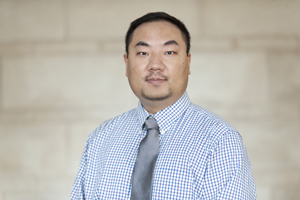Program Information
Monte Carlo Simulation and Dose Calculation of Chest CT Scan with Tube Current Modulation
Y Gao1*, A Ding2, D Zhang3, B Liu4, P Caracappa5, X Xu6, (1) Rensselaer Polytechnic Institute, Troy, NY, (2) Rensselaer Polytechnic Institute, Troy, NY, (3) Massachusetts General Hospital, Boston, MA, (4) Massachusetts General Hospital, Boston, MA, (5) Rensselaer Polytechnic Institute, Troy, New York, (6) Rensselaer Polytechnic Inst., Troy, NY
TU-G-103-1 Tuesday 4:30PM - 6:00PM Room: 103Purpose: To establish the method of organ dose calculation through Monte Carlo simulations for patients taking CT scans with tube current modulation (TCM), and to give the dose results as well as the preliminary comparison of the dose with TCM and the dose without TCM.
Methods: The MCNPX Monte Carlo code was used to simulate an armless adult male phantom taking a typical chest CT scan with TCM. The TCM output from a similar scan was provided by the manufacturer (GE Healthcare), and every specific tube current value corresponding to one of the total 15022 projections respectively. The 15022 projections throughout the entire scan were simplified into 274 projections in simulation, and the average tube current was calculated for each projection. With the organ dose per mAs for each projection simulated, the average current, and the rotation time, the organ doses for the entire scan were calculated. This dose simulation was compared to the dose from a constant tube current scan that preserves the same minimum image quality without TCM.
Results: As expected, significantly lower dose for the CT scan with TCM was observed. Dose reduction with TCM was found to be from 59% to 72% for different organs, and it was as low as 28% of the dose to thyroid without TCM.
Conclusion: The study successfully demonstrated the feasibility of performing Monte Carlo based organ dose calculations for TCM, and suggested the significant dose reduction capability of TCM.
Funding Support, Disclosures, and Conflict of Interest: One member was funded by the 2012-2013 J. Newell Stannard Fellowship Award from Health Physics Society.
Contact Email:


